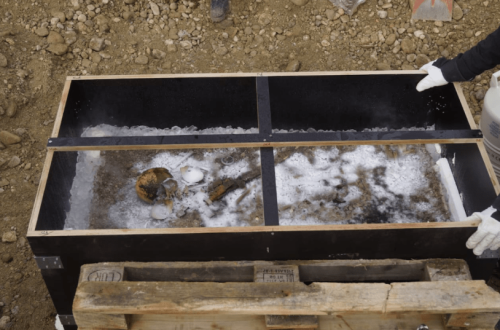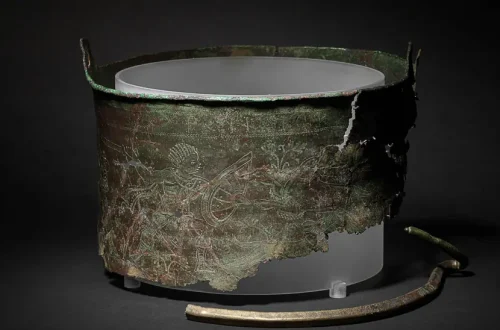A new study published in the Journal of Archaeological Science has found that sledge-pulling dogs develop unique skeletal changes, offering a way to identify their historical role in Arctic communities. The research, led by Dr Louise Pionnier, examines entheseal changes—modifications where muscles or tendons attach to bones—and could shed light on ancient human-canine relationships.
The study analysed a small but carefully selected sample of dog remains, including modern sled dogs like Alaskan Malamutes and Siberian Huskies, and archaeological specimens from Arctic sites. Due to the scarcity of well-preserved remains, the limited sample size requires cautious interpretation. Researchers focused on entheses in the forelimbs (humerus, radius) and hindlimbs (femur), using macroscopic and microscopic techniques to identify signs of stress, such as bone growth, porosity, or bony spurs known as enthesophytes.

Results showed that sledge-pulling dogs exhibit more pronounced entheseal changes, particularly in forelimb muscles like the deltoid and pectoralis, than non-working dogs. These changes reflect the intense physical demands of pulling sledges, a task central to Arctic survival for centuries. The findings were consistent across modern and ancient dogs, suggesting entheseal analysis can reliably identify sledge-pulling in archaeological remains.
The research provides a tool for archaeologists to confirm sledge-pulling in ancient dog remains, offering insights into human mobility and cultural practices in Arctic societies, such as the Inuit and Thule. For example, analysing dog bones from Greenland or Canada could reveal details about trade routes or hunting expeditions. The British Museum notes that dogs were vital to ancient Arctic communities, and this study strengthens the ability to study their contributions.
Future research may explore whether entheseal analysis can identify other canine tasks, like herding or hunting, though such applications are not yet established. The authors caution that factors like age or osteoarthritis can mimic entheseal changes, requiring careful analysis.
The study acknowledges limitations, including the small sample size and the influence of factors like diet or health on entheseal changes. Researchers propose using advanced imaging, such as micro-CT scans, to detect subtler changes and comparing dogs to other working animals like horses. While not directly addressed, genetic research, such as studies at the University of Oxford on canine domestication, could explore how breeding for sledge-pulling shaped skeletal traits.
According to the Natural History Museum, dogs have been domesticated for over 20,000 years, with sled dogs playing a key role in Arctic survival. This study highlights their enduring importance and provides a new method to explore their history. Dr Pionnier emphasised the significance of the findings, stating, “These skeletal markers allow us to trace the vital contributions of dogs to human societies, past and present.”
The research marks a step forward in understanding human-canine partnerships and could influence archaeological studies and modern working dogs’ care.






